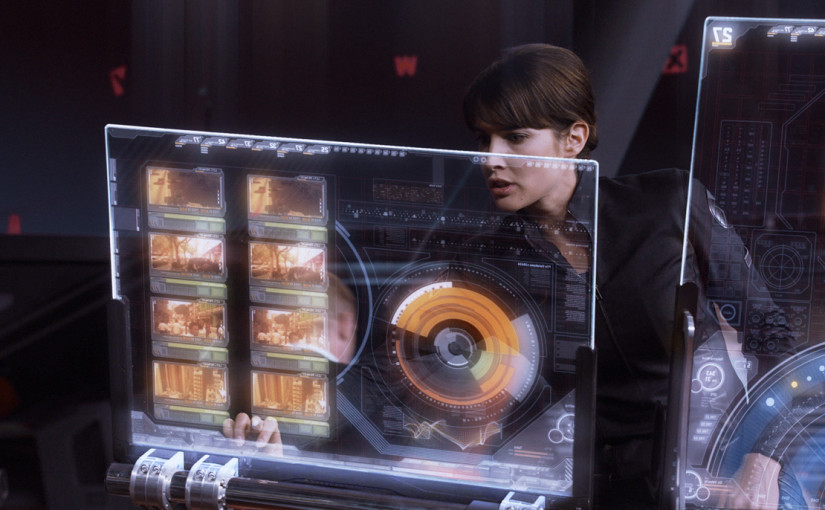The Minority report video displayed in a post earlier in the blog showed a good example of an ‘explicit’ display, and how the content on the screen is the main focus for the user.
The key element is the level of transparency on each UI element and how it remains the centre of focus despite the ability to see things beyond the screen.
The video below shows a good example of that level of transparency and how a small level of collaboration can be incorporated into the design.
httpss://youtu.be/g7_mOdi3O5E?t=1m12s
Iron Man and the Avengers UI also shows in some aspects a good level of transparency in their screens.
httpss://youtu.be/YAXsZphpiu8?t=1m28s
The collaboration aspect of the interaction is still somewhat of an enigma, does the user see a reflection or a transparent image of what is being worked on? Does the screen focus on what item or is their the ability to multitask?
As far as the Interacting with the displays are concerned, this can be used similar to a tablet or smart phone touch screen using Gesture UI.
